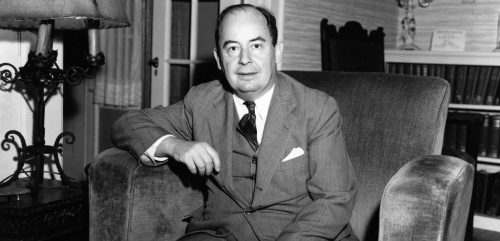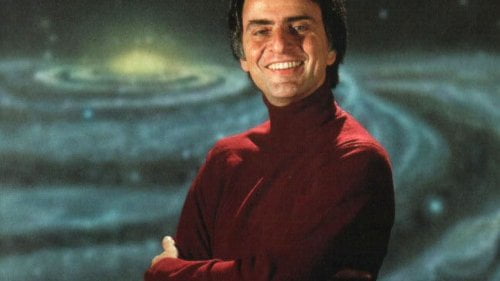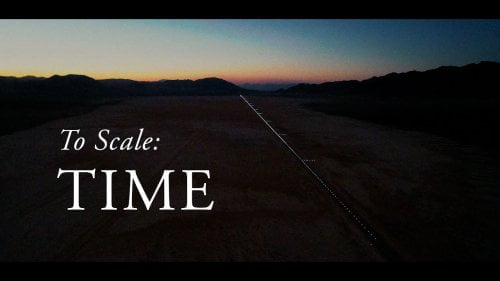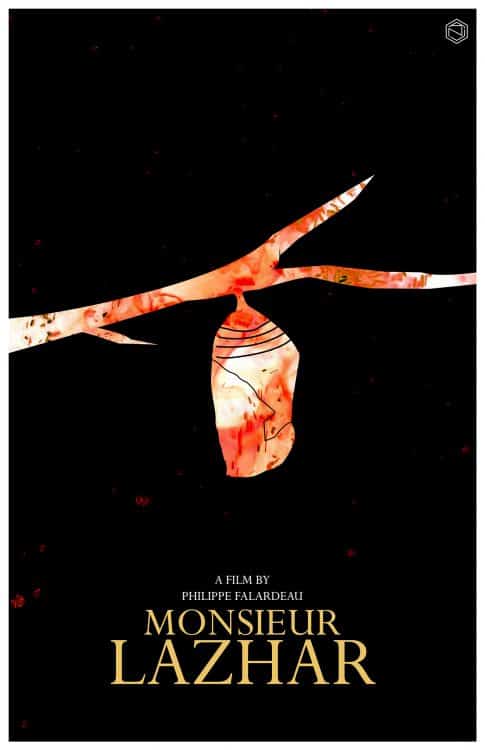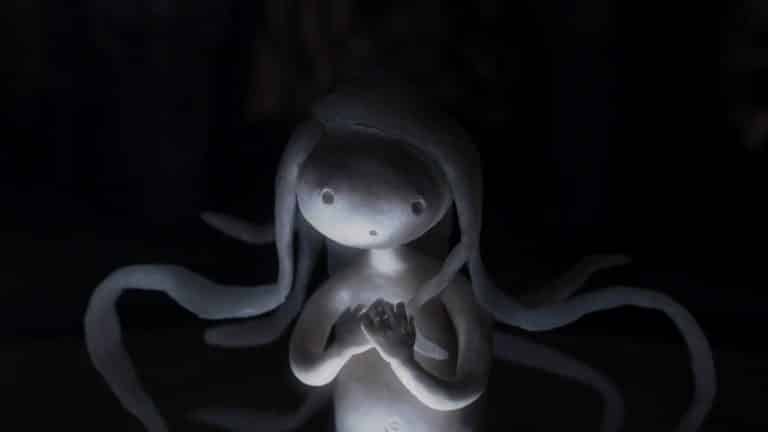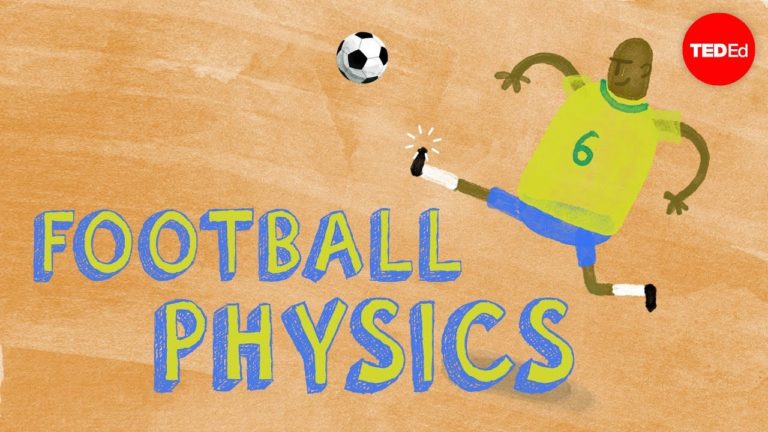A film from the Competitive Enterprise Institute, adapted from the 1958 essay by Leonard E. Read.
Transcript:
This is the world we live in. If we weren’t surrounded by it every day, we’d be dumbstruck by its very intricacy and brilliance if we didn’t take it for granted. This is an ordinary, familiar wooden pencil. You might think a pencil is simple. Chances are you’ve been using one since before you could even read or write. But just because it’s familiar doesn’t mean it’s simple. In fact, it’s complicated, elaborate, beautiful, elegant. Its very existence is too improbable for any one person to comprehend truly.
These are the basic materials that go into a pencil, graphite, cedar, metal, and rubber. But if you had all the pencil elements right in front of you, could you make a pencil? It’s not as easy as you might think. In fact, no single person on the face of the earth could do it without the help of countless others. And this is the key to understanding the world.
A pencil, just like you and me, is the end result of a vast and intricate family tree, a symphony of human activity that spans the globe. Through their work and knowledge, a vast number of people have had a hand in making this simple pencil. Online your family tree, this one begins with an actual tree. The most immediate ancestor of the pencil is a cedar tree in the Pacific Northwest. But the loggers who harvest the timber are also its ancestors. And these men don’t work alone. They, in turn, are assisted by the people and industries that produce the saws, rope, and countless other tools that they use.
These are also the ancestors of our pencil, as is the waitress at a nearby diner, who sells the loggers lunch, to say nothing of the 1000s of people involved in producing that simple midday meal. The web grows across time and space, considering the roads, trucks, ships, communication systems, and the people who design, build, and maintain them. All of them are necessary to bring the lumber to the mills and the slat factories process. All of them are also the ancestors of the bones. And even with the work of all these people.
So far, all we have is a stained wooden slat, a naked half of a pencil’s wooden body. But its family tree is larger and more expensive. The graphite is mined in China and Sri Lanka. The pencil factory is mixed with clay, heat, and other materials before it’s extruded, dried and baked to kill people from different continents.
Different cultures cooperate to bring these materials together with waxes and kilns, and equipment from across the world. These two are the ancestors of the pencil. And the same is true of the eraser, with ingredients from around the world. It’s the end result of the similarly complex and exotic family tree branch, as is the ferrule. The metal band is made from material that is mined, refined, and shipped from all over the world. Each part of the pencil is the result of the collaboration and cooperation of millions of people.
Together they form a process that is constantly changing and adapting. A change in the availability or cost of material from one place might make another source more desirable. And the process changes and adapts fluidly. And there is a fact that is still more astounding.
The absence of a mastermind of anyone dictating these countless actions that bring a pencil into being each member of this family tree supplies only a small amount of the necessary know-how to make a pencil. They do so voluntarily. They do not necessarily want pencils or like pencils, but because they exchange their labor and skills for the wages and let them buy what they want by working to create them. And what you see in the market at work.
The spontaneous configuration of creative human energies of millions of people with their various skills and talents organizing voluntarily in response to human necessity and desire. As if led by An invisible hand to promote an end, which was no part of the intention. Every second we’re alive. We benefit from the products of voluntary, spontaneous cooperation.
This is the modern world. It’s miraculous. It’s intricate, and it gets better every day, so long as people are free to interact with each other. If we can leave the creative energies of humankind uninhibited, there’s no limit to what we can accomplish.


